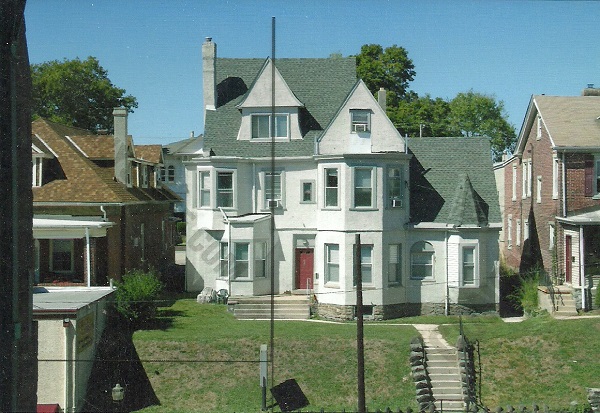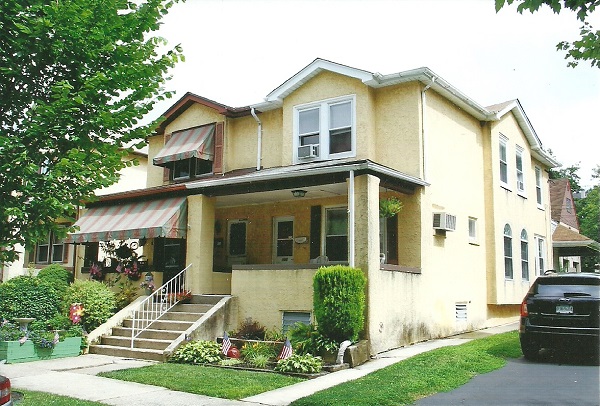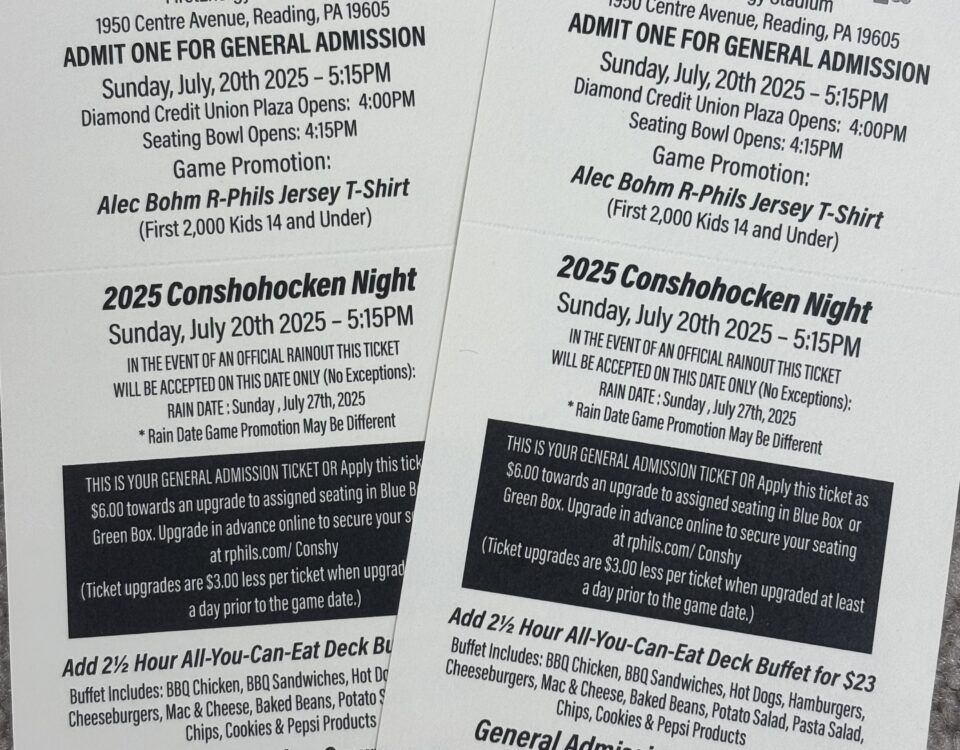
Remembering One of Conshohocken’s Greatest Residents – Dr. William McKenzie
December 26, 2019
Riverbend Cycles and Cafe’s Sadly Closing
January 2, 2020House History – 206 East 10th Ave

206 East Tenth Avenue
It Was A Hub Of Activity Back In The 1920’s
By Jack Coll
12-30-19
Editors Note: (This is one in a series of short articles on random houses throughout the borough of Conshohocken, enjoy)
Houses up-and-down the avenues and streets of Conshohocken are, well, today, just houses, but back in the early part of last century, say a hundred years ago many of these houses provided needed services to the community. Many of them were corner stores or mid-block stores, the living rooms of some of these houses doubled as pool rooms, barber shops, cigar stores, candy stores and doctors’ offices. I thought it might be fun, and interesting to point out of few of these houses, that today are occupied by residents who I’m sure had no idea that their house was at one time something more than just a house.

So today we’ll talk about 206 East Tenth Avenue, back in the 1920’s this house sold for around $4,000, I’m sure it might have been purchased by a resident who had a steady job in one of the nearby mills. A lot of the upper avenue residents tended to have jobs at Lee Tire, Quaker Chemical, Walker Brothers, Freas Glass Works or one of the nearby Spring Mill factories or mills. Residents who lived on the lower avenues tended to work at the Alan Wood Steel Mill, John Woods, the Schuylkill Iron Works or one of the mills located on the river around the bridge location, a hundred years ago not many residents owned cars and would purchase a house as close to their job as possible.
In 1925 the average income of a good portion of these residents was around $2,000 a year, a new car sold on average of about $300.00, but then you had to deal with gas at 12 cents per gallon, repairs, your rent or mortgage would cost you about $25.00 per month which all of this doesn’t sound like much but then we go back to the yearly average income and that my friend breaks down to about $166.00 per month. However most of the residents found a way to afford the 20 cent ticket to get into the Riant Theatre once located at First Avenue and Fayette Street to catch one of the great silent movies of the day including Greed, The Gold Rush, The Crackerjack and Braveheart, (No, the original version didn’t star Mel Gibson).
So with this little bit of background one could understand why many of our resident chose to turn their living room into an opportunity to make a little cash on the side, of course if borough permits were needed back then like they are today most of these living room businesses would have never happened.
Throughout the 1920’s the owner of 206 East Tenth Avenue was V. L. Swartz who conducted a very successful Shoe Repair business there for more than a decade. Swartz was one of the first shoe repair shops in Montgomery County to offer “Electric Shoe Repairing” which was significant back then because hand sewn repaired shoes had a short life-span back then and the electric repairing system took half the time and lasted twice as long as the hand repaired shoes. Mr. Swartz was one of the first shoe-repairman in the borough to guarantee all his work.
I’m sure Mr. Swartz shoe repair workshop was located in his basement but greeted many of his customers at the front door which led to a living room conversation about the needed repairs on the shoes in their hands.
In a community as old as Conshohocken you might be surprised with the history and past residents who lived a life in many of these old houses. I wonder what secrets the house you live in might have, or the story of past residents who once occupied the very same space you live in now?
In our next edition of “Random Borough Houses and Buildings” we’ll look back a hundred years to a house on East Sixth Avenue, see you then!

